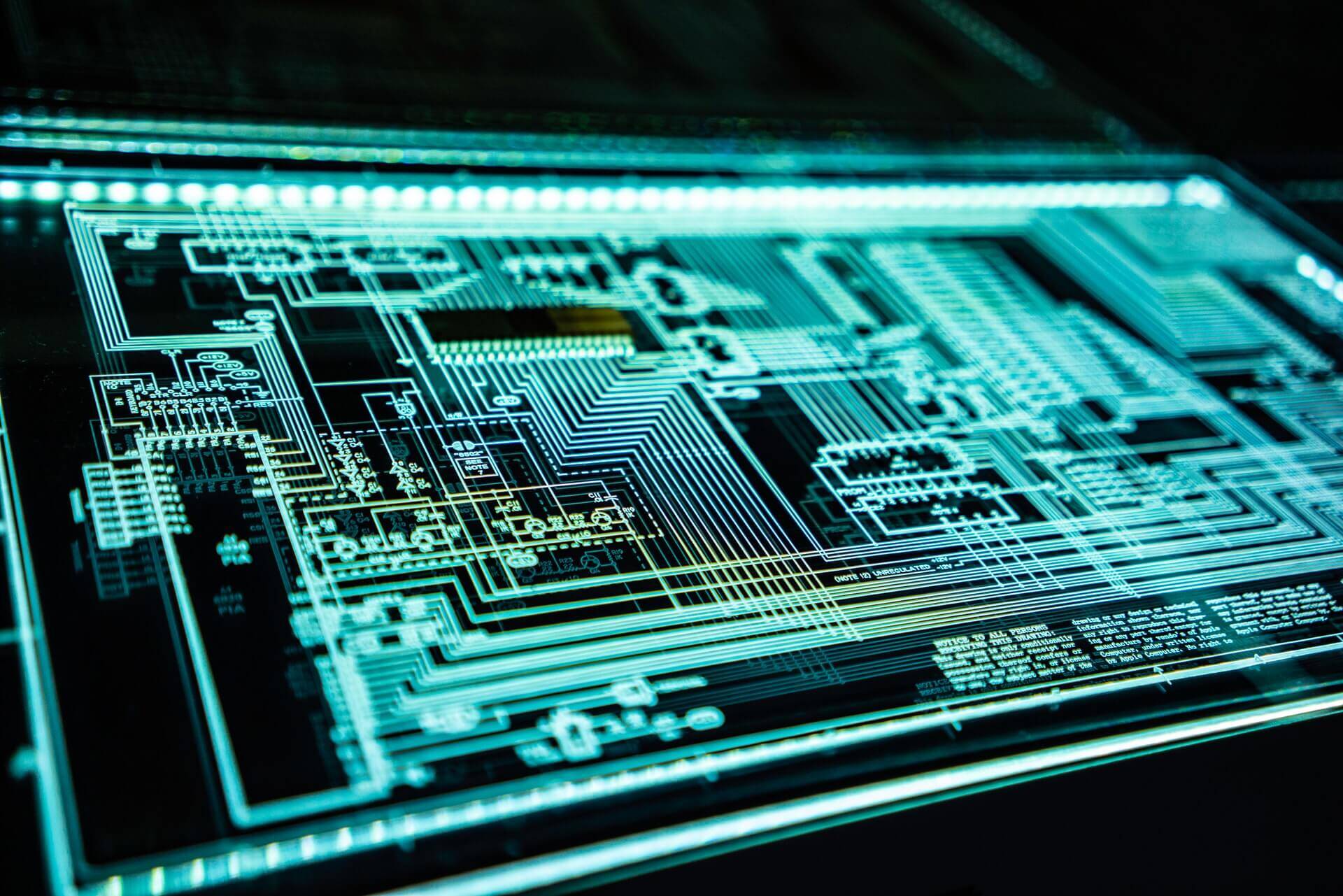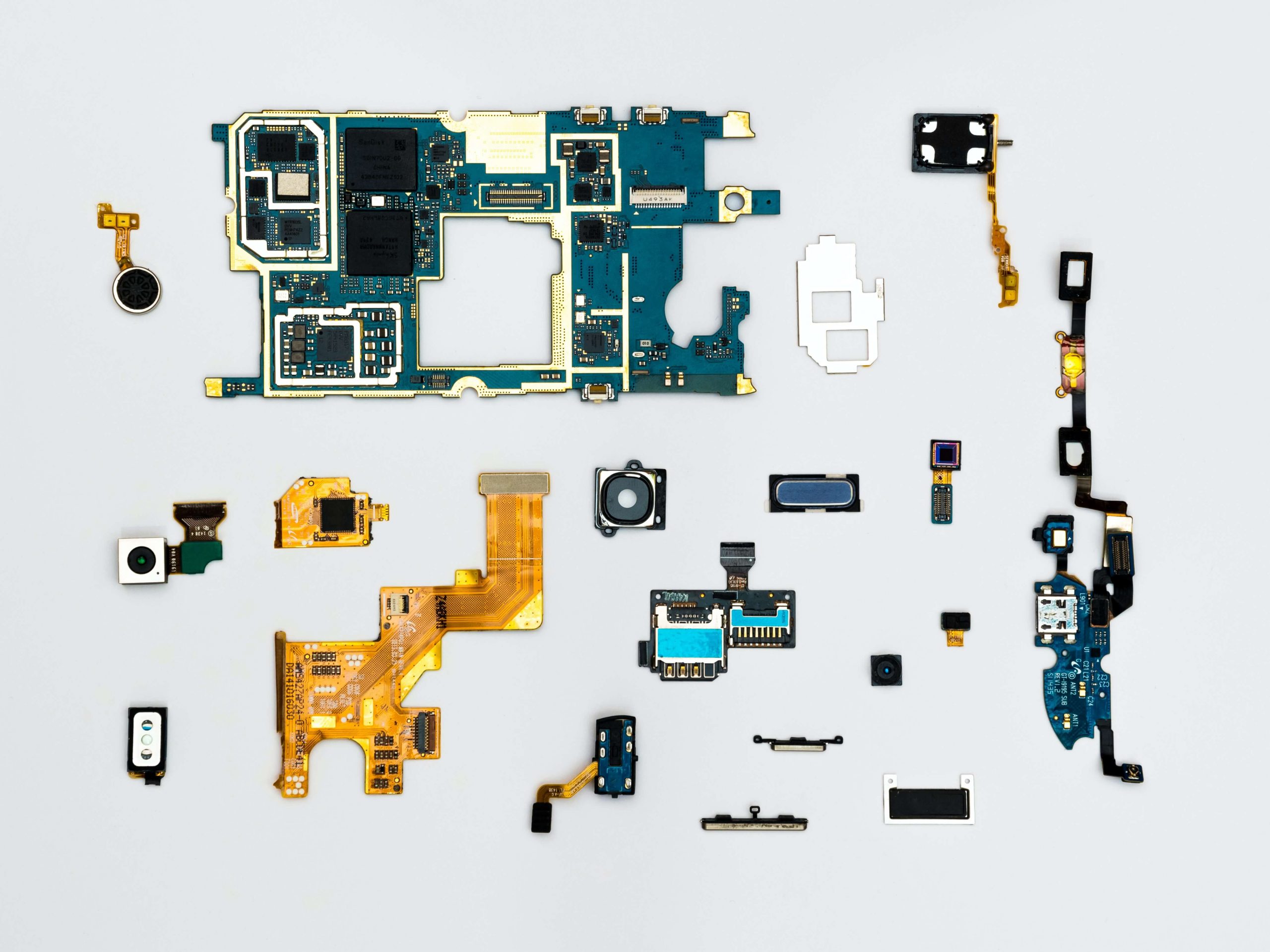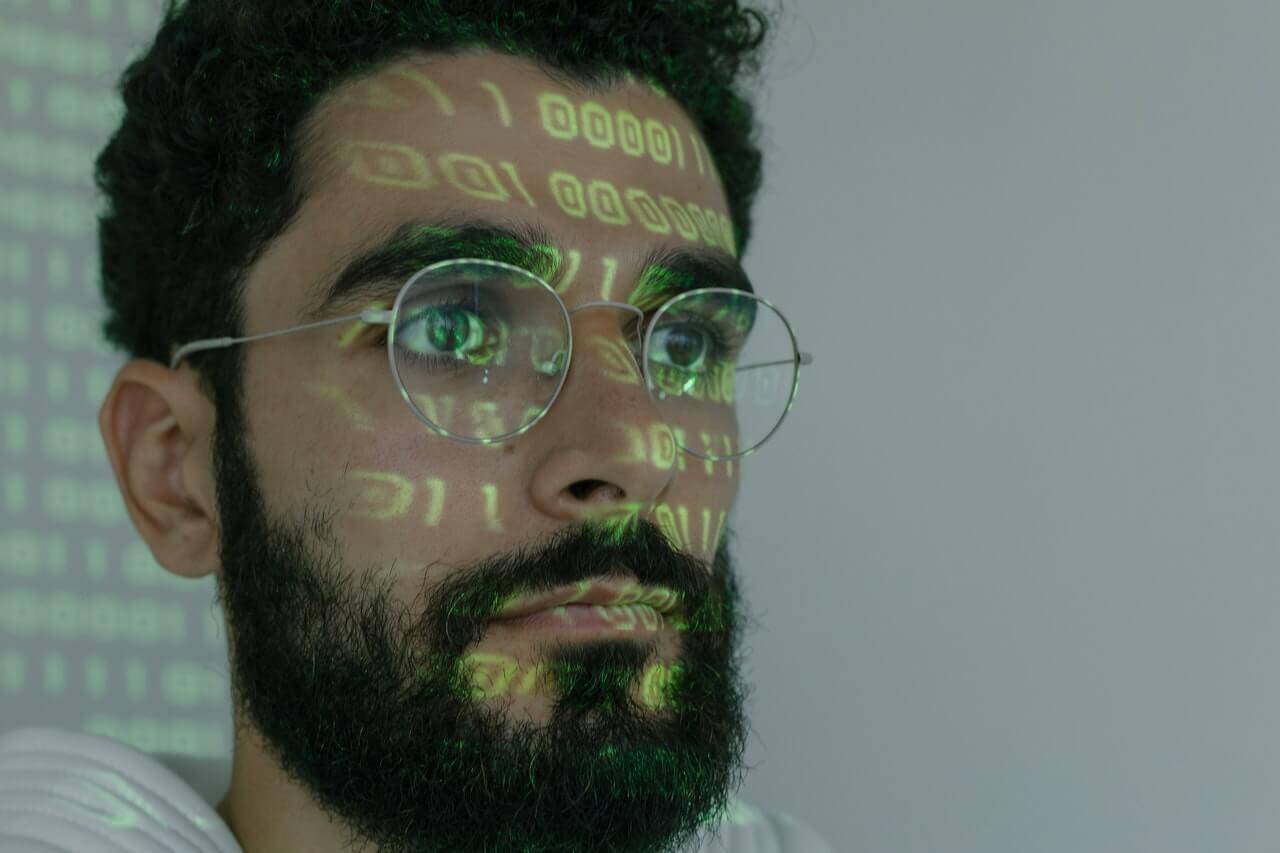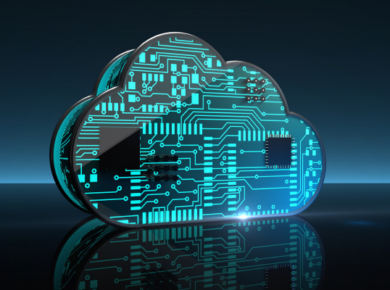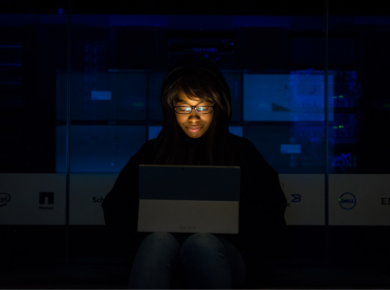The cyber security field is increasingly important in our lives today.
Especially since the whole world went into lockdown, everything was moved online; thus, making it more accessible to malware. Whether it is ransomware, AI phishing, or “deepfakes” that have surfaced recently, a lot of so-called cyber security “trends” take professionals to solve.
So, let’s look into what the future of cyber security looks like.
1. Increase in Interest in Cloud Computing Security

Cloud computing is by no means new in the cyber security field. In fact, it has been underway before the pandemic hit and accelerated onwards. Many businesses needed to hasten digital transformation and security for those working from home, and they did that by using cloud computing.
However, cloud computing is not without its faults. Although cloud provides a significant amount of automation, it’s also where a lot of misconfiguration leading to security breaches happen. the most. So, in order to fully leverage this ongoing trend with cloud computing, teams will need to mobilize with new security skills to ensure business continuity.
2. Automation Is Underway, Big Time
From farms to accounting, many tedious jobs have been taken on by machines or AI. As easier as our lives become due to the sheer volume and velocity of automation happening around us, there will always be a malicious use of such technological advancement.
Many cyber security trends such as “deepfakes” and AI phishing can cause significant data breaches, malware infections, and IP theft. This is why continuous efforts to create defenses against AI-fueled attacks are essential to businesses.
3. Ransomware, the #1 Threat

Ransomware has been happening since the beginning of the internet and is not necessarily a new cyber security industry trend. However, it only recently had a great impact, even when it came to human life.
Although it has been happening for a long time, the predictions for 2021 look grim. According to Cybercrime Magazine, there will be a ransomware attack every 11 seconds. AI-fueled ransomware attacks will continue to cause distress and data breaches throughout the world. However, if security teams are prepared, with threat models, war-games, encryptions, and backups, they will leave a lesser mark.
4. Remote Working
Remote working is something that was almost an overnight shift in 2020. Just as everyone was going about their business, suddenly we were in lockdown, everything was closing, and all work had moved home.
However, this fast shift also means that while everything was moving online in a quick manner, there were lots of opportunities for cyber attacks to go through. Many loopholes and opportunities for such crime were created due to the fast adaptation to cloud services.
Professionals have learned the importance of threat modeling, and new cyber security professionals will surely learn it when they enter the working space.
5. Rise in Supply Chain Attacks

Many cyber threats today are not simple and narrow-minded, and most definitely do not have only one target in mind. A significant number of them target huge companies by going after small suppliers, and as such get past the security easier.
A report by VMWare shows us that, in fact, 50% of the total number are supply chain attacks. These attackers will either strike immediately and try to move up the ladder or lay still for years while gathering data that could affect millions of people.
A new concept that has been generated due to the sheer number of these attacks is Zero Trust Architecture. This refers to a company’s system eliminating the word “trust” from their infrastructure.
✅ Request information on BAU's programs TODAY!
6. Increase & Evolution in Multi-Factor Authentication
Often referred to as the golden standard of security, multi-factor authentication (MFA) is no stranger for any organization. However, the manner in which it is used, oftentimes makes it the least protected one.
For instance, Microsoft has urged its users to stray away from using phone-based authentication, rather use an app-based one. This, not due to MFA security issues, but because of the nature of the networks today—the message is sent in cleartext and could be intercepted by attackers.
However, whatever MFA you have, be sure that it blocks around 99% of automated attacks.
7. Bigger Budgets Allotted to Cyber Security
For obvious reasons, it is expected of businesses to put more importance on cyber security. However, that’s not all. Companies will be taking huge investments in preventing and dealing with cyber threats and attacks.
As of 2012, cyber/information security was supposed to have a 37% job growth rate, which is much faster than usual. We suspect that, with the new threats the online world has come to face, that number will definitely get higher. This means that the need for cyber security professionals is not going anywhere soon, making it a great choice for prospective students.
If you’re someone interested in the cyber security field, you can access it through BAU’s Master of Science in Cyber Security program.
